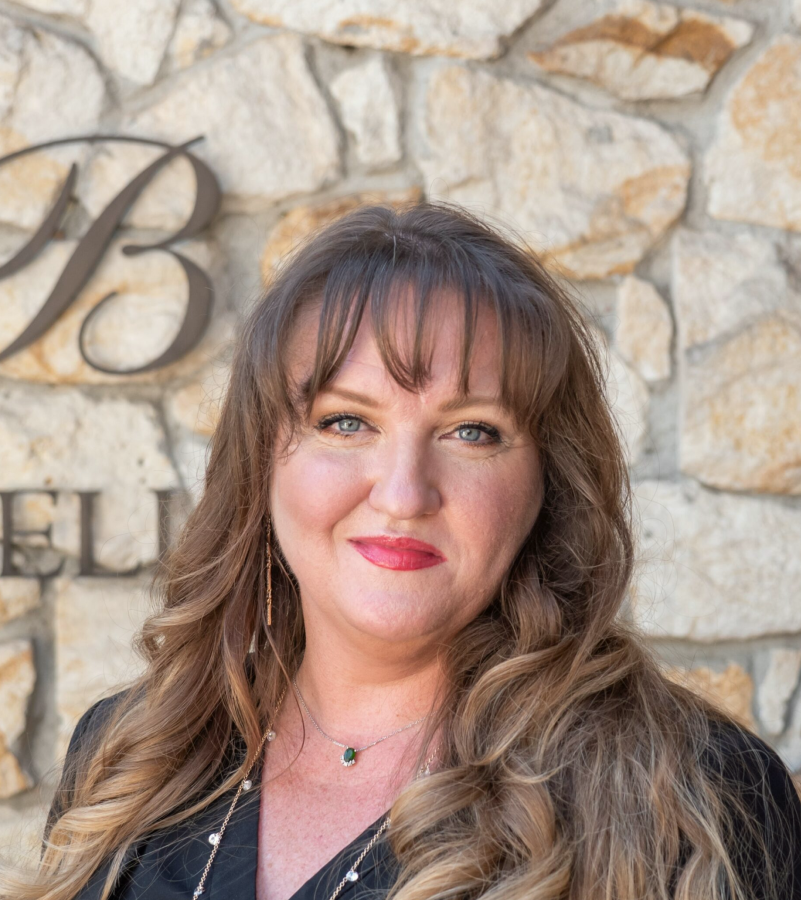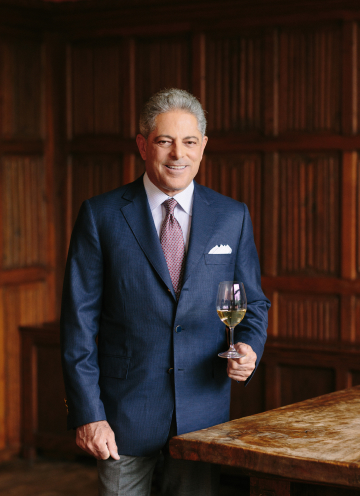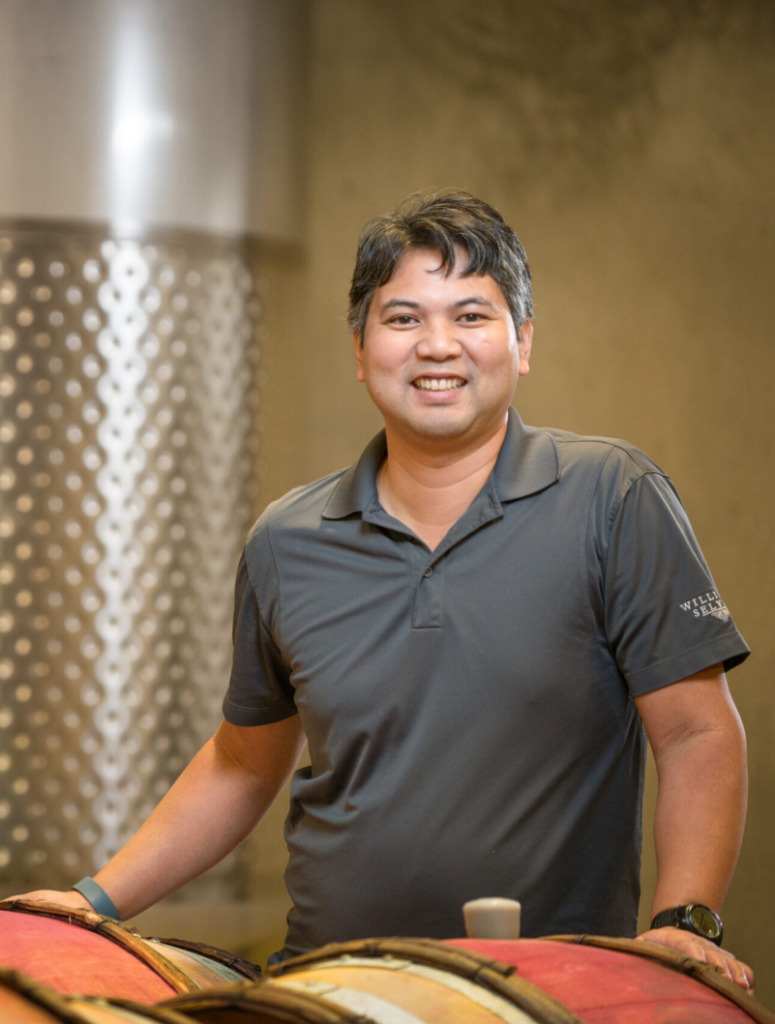"We are a family-owned boutique winery that puts everything into making sure that the wine is very high quality and well-balanced.”
To begin with, we understand that the company has a long history, dating back to 2002, and you have developed a holistic solution and all-in-one software for buying from wineries. Will you perhaps start by giving us a brief introduction to the company as of today?
Yes, absolutely. VinesOS was founded in 2002, and we started off supporting independent wineries. One winery needed a solution, and we rapidly expanded and grew largely by word of mouth because it was an industry that was deeply in need of smart technology. There wasn’t a good platform for wineries to sell directly to consumers through wine clubs.
You know, when people join a wine club, they get benefits. It builds brand loyalty for the winery as well as purchasing online and making reservations. So that’s initially what we started with. It was really building loyalty for the wineries so that they’d have repeat customers and kind of pre-sold revenue, right?
So they know how much they can produce because they’ve got 800 wine club members. So it’s easy to know how much wine to grow, how much wine to buy and easily sell, and also, most importantly, keep more of the profit margins for themselves because they’re selling directly to the consumer in the tasting room, with wine clubs, with reservations, at events and online. So it’s much more profitable for them to sell directly rather than going through other channels. So that’s the kind of history of the company.
And then, two years ago, we branched out to a new channel which was point of sale. So now, wineries have the ability to have everything under one roof and really know their customer across the whole journey. So when Joe comes into the tasting room, using our software, the staff can know that, hey, Joe’s one of the best customers of this winery and that Joe has spent $12,000 here, and Joe loves this state cabernet and tell him what other wines to recommend to Joe, and to really roll out the red carpet for Joe.
So, with the point of sale comes everything under one roof, a platform where, across the whole customer journey, the wineries can really know and connect to their customers and be able to tell their stories.
Understood. And what will you say have been the keys to the success in these two last decades of expansion?
The key to success is a couple of things. One is hiring the right people and having the right team. Kristen’s a great example. We have a longstanding team. My developers have been with me for 15 years, really leaning in and listening to what our wineries want rather than going off and saying, “Wouldn’t it be cool to, you know, to do this type of a feature?”
We’re constantly listening. Our clients can make requests for features, and people can weigh in and vote on them. And we’re continually feeding the product with more rich features to make it a larger pie for everybody.
So our goal is to create direct-to-consumer sales products for wineries, where everybody is going to increase ease of use, what they’re selling, how they’re selling, how they’re knowing their customers, how they’re helping their staff to know their customers, and how they’re connecting to people because that’s really what wine is about: the connection that people feel when they open a bottle of wine and do simple things.
Let’s say you buy a bottle of wine, and you’re at an event or at a tasting room, and you taste the wine you just love, you buy it, you take it home, you take it to a friend for dinner, and on the back of the bottle, there’s a QR code. Someone pours the last of the bottle. They look up and like, “Wow, I want to pick some more of this up.” They scan the QR code. It brings you right to the winery’s website, where they can then buy more of it.
It’s really that sharing of experience that fuels e-commerce sales. People buy online because they remember the experience they had. They love the wine, and they remember the experience, and they want to share that right and have more of it. It brings them back to a special place and time. That’s what wine does. It connects us. It brings people together and is a way of building relationships and stories.
Understood. Something I have learned in the last weeks working on this project is how difficult it is to manage a winery. It’s not easy to predict the weather, hope for rain and then the vineyard and wine manufacturing. But then, there is the rest of the business. You can have the events, membership, the club, you can sell it to consumers and it’s quite complex. And for that reason, I would like to go a little bit deeper into the different features that you have. So you have been talking about the point of sale and how to manage the clubs and the subscriptions to get more predictability and increase loyalty.
Will you tell us a little more about all the other features as well? Reservation, CRM, and even the hosting templates that I have seen. It’s actually quite amazing how you have put everything together. It’s a mix of Shopify with many other tools and inventory management as well. So, will you go a little bit deeper for potential wineries to understand how these actually can be a game changer for them, especially for small wineries that might not have the capability to have a dedicated person for each process?
Absolutely. That’s a great question. Having everything under one roof. So, let’s say a winery is having a Mother’s Day event. Let’s say there’s a winemaker’s dinner, and you want to sell tickets for it. But you don’t know if people are going to come, and you don’t know how many seats you have pre-sold.
You can sell your Mother’s Day and winemaker dinners online. When customers come in, you can check them in by scanning the QR code on the ticket. Let’s say they’re going to take a case of wine with them. You can actually add that case of wine to the order, surcharge the amount that’s due and also recognize members and say, “You’re a member of the winery. So you get, let’s say, 20 off your reservation.“ And it’s going to know that a member of the winery just by checking out online their accounts.
So it’s really a way of bringing up a customer, whether it’s an event or when they’re on-site. Let’s say the customer came in and had a bottle of wine that they had to return. Maybe there was leakage or corkage or something, and they’re going to return it so the winery can pull up the order, remove the item that needs to be refunded, and add an additional line to it. Let the customer know. They’ll see that they came to the winemaker dinner. Have a conversation on how was the winemaker dinner and really have that whole perspective on the customer as well.
We talk to customers all the time. That will be on Toast’s point of sale. They have a Tock reservation system. They’re on Shopify for e-commerce, so all of their transactions are happening on separate platforms. Our clients get to get rid of all of those, and all of it is processed in one checkout experience on VinesOS. So, it reduces costs and simplifies the experience.
Another thing is that one of the biggest problems for wineries is knowing what happens to their inventory. So, especially if you’re a smaller winery and you’ve only got so much wine produced every bottle matters. Our software will actually track what’s being poured in the tastings, what’s being poured as a glass, what’s being sold as a bottle, what’s being sold as a bottle to go, which could have a different price than a bottle on site and can pull inventory from your overall inventory count based on how many ounces were in that pour. It’ll just as you ring it up. It’s going to actually take account of all that inventory and really let the winery owner know where their bleed is, where wine is maybe not being accounted for properly or effectively.
You’ve talked to wineries to understand the complexity of winery. So a lot of software platforms or a general software platform got into the winery space. We’re the reverse. We are a platform built for winery. So every feature that is built is tailored to meet the unique needs that wineries have.
And just to add to that, the other part with inventory that’s really important is, let’s say, you give free tastings to your members. That’s very common that you become a member, and you can come in, and you can taste for free. Well, what about that club member who only gets two bottles a quarter and comes in every week or a couple of times during the week and is getting free tastings? It’s like it’s not worth it to have that customer as a member, almost because they’re consuming more than they’re paying.
With our software, you can actually track based on the club level. For example, if you’re in the Two-Bottle Club, you can say this number only gets two free tastings a month, and they can or cannot carry it forward, and for how long they can carry it forward. So maybe the Two-Bottle Club member only gets two free tastings a month, and maybe the 12-bottle member who gets a case every month can have unlimited tastings and the Four-Bottle Club member can get four tastings and can carry it forward for six months and then lose it. So, the software tracks how much you’re actually pouring for free and what level of membership benefit makes sense.
I can tell you have really developed the software in every area because we are coming in now with really detailed solutions here. You have different offerings: standard enterprise and custom solutions. Would you perhaps give us an introduction to the different segments that you have, and what would you recommend to upcoming wineries that will get to know you through this feature?
Our pricing is individualized for wineries. We have multiple levels based on what modules the winery needs, whether it’s just club, just e-commerce, just point of sale, reservations for the whole thing and also based on the size of the winery. So, we look at what it takes for us to become a partner for the winery and we have pricing points across the board.
For the most part, Victor, a lot of other software platforms have kind of like a one-size-fits-all. Like you’re this size, and here’s your price. And what’s different with VinesOS is it’s a conversation. What are you going to need to run your business? Do we need to develop a few features to facilitate that? It could be, “Okay, you have three locations, and you just need a club and point of sale.” So every client is customized.
One big difference in what we do is especially around loyalty and creative loyalty programs. One of the concerns for wineries right now in the market and the economy is that the next generations are not joining clubs. The next generations are switching away from wine, and there’s quite a bit of concern. I don’t know if you’ve heard this at all from wineries yet.
Yes, I have.
So we have wineries that is targeting the current generations and the club lovers, but also offering creative loyalty programs to appeal to those new generations who are not joining the traditional clubs. They want what they want when they want it. Amazon has kind of trained us to set it and forget it. We want the wine when we want it and not what the winery thinks we’re going to want and ship to us.
And so one of the unique things that we have is like a subscription club or a subscription program. So when you’re purchasing right on the checkout online, you can say yes, I want this mix. I want the three Barbaras, three Saurus, three tabs, and three Chardonnays, and I want them to be shipped to me every month and I want to get my wine from the winery directly instead of buying it at a retail store. And you said it and forget it.
And with that, you also get member benefits. If you belong to the club or the subscription program, you come into the winery, and you’re seated in a special area that’s just for members. Some wineries have member-only events or winemaker dinners that are just for members and really build that loyalty beyond the traditional clubs because that’s what the industry is seeing.
It’s a 4.1 billion dollar industry in 2023, direct to consumers, so point of sale, e-commerce, and wine clubs was a 4.1 billion dollar industry, which is about 5 percent of total US wine sales when you look at you know how wine is sold.
So it’s a very, very small piece of it, but it’s growing. And what’s especially growing is the small to mid-size independent wineries selling, although sales this year, the reports are showing that direct-to-consumer, when wineries are selling direct, is down in volume, it’s increased in value. That means that the smaller wineries, the wines that are priced higher, people are buying more of. And so that’s where these small to mid-size wineries are really growing, and direct-to-consumer is the one area that is growing in this economy where there’s some heightened awareness around what’s happening in the wine space right now.
And as my last question, I would like to ask for your vision in the next three to five years when it comes to the company.
The vision that we have for the next three to five years is to continue to increase the ease of knowing the customer through their journey, catering to wineries’ ability to sell more, know their customers more, and convey their unique stories. We have some exciting things coming around, helping wineries show that they’re making an impact.
There have been some big stories around this in the wine business, how one of their hottest brands of the year is one of our clients. Their story-telling and support of women is making an impact, which is appealing to buyers and to the next generation who care about what products and brands they’re supporting.
I was just talking about the whole impact and where we’re going in the next three to five years. We’ll continue to help wineries, especially the independently owned wineries, by leveling the playing field, helping them tell their stories, and helping them market and sell with some very creative loyalty programs.
There’s a lot of news about reaching younger generations but also retaining the older generations, and we are doing that through a variety of different loyalty-type programs and connecting with the consumer at every touch point from the tasting room, connecting online and in-person avenue. It might mean a subscription type, it might mean an annual fee, or it could be a traditional club. But really, listening to their customer base. We see a variety of different club types and even just how wineries are branding their clubs with interesting names and connecting to consumers that way, so now, more than ever, that space of creating loyalty and getting creative with it.



















